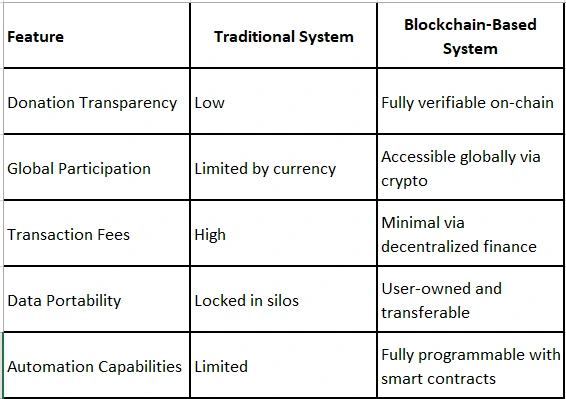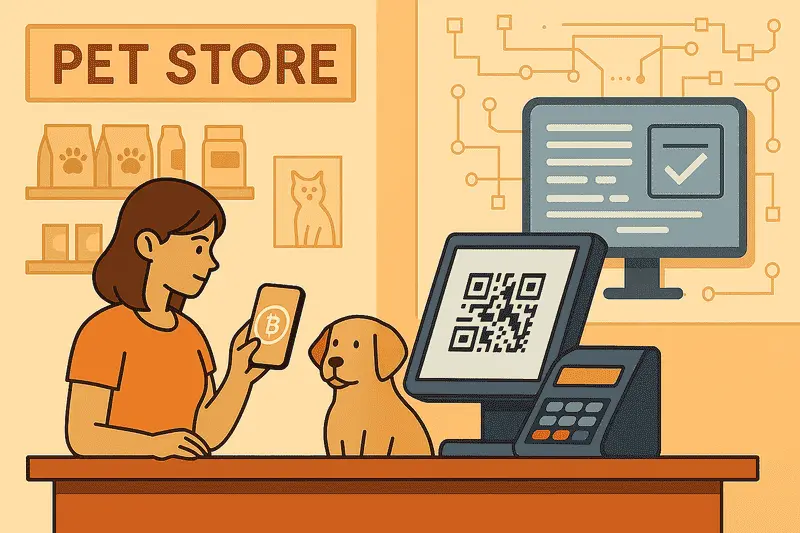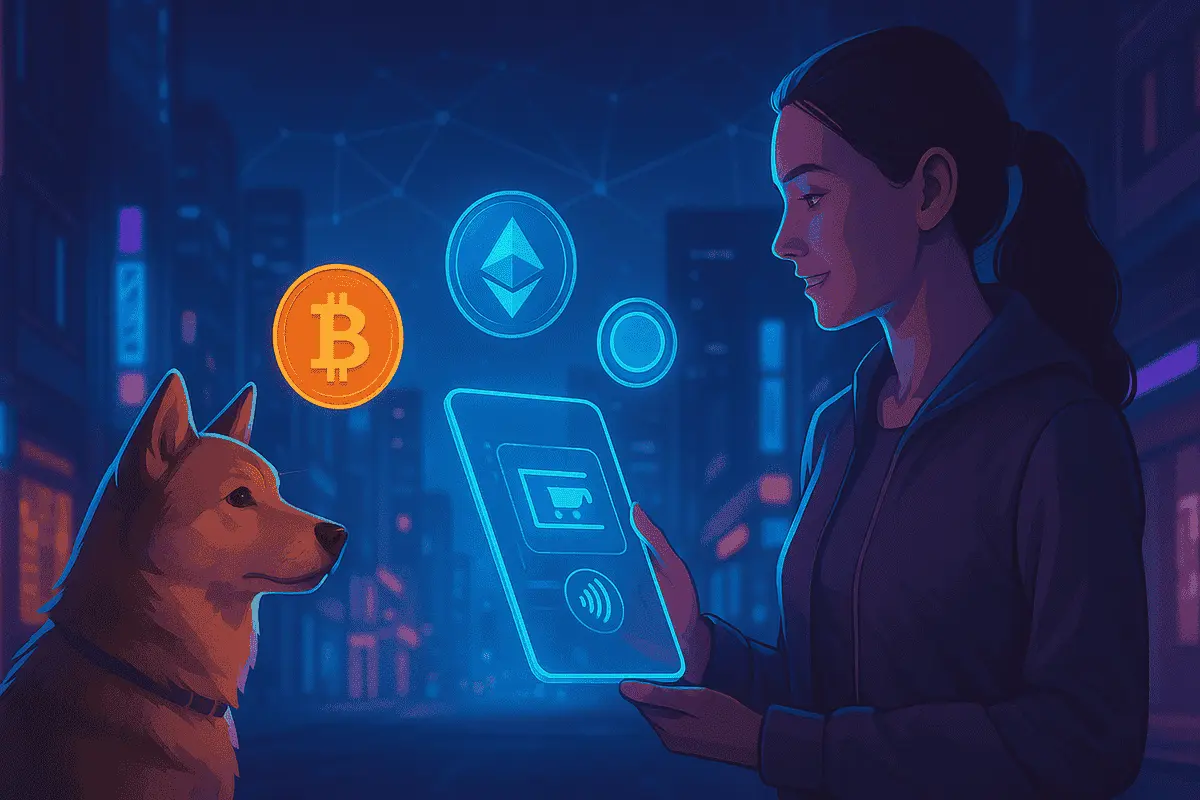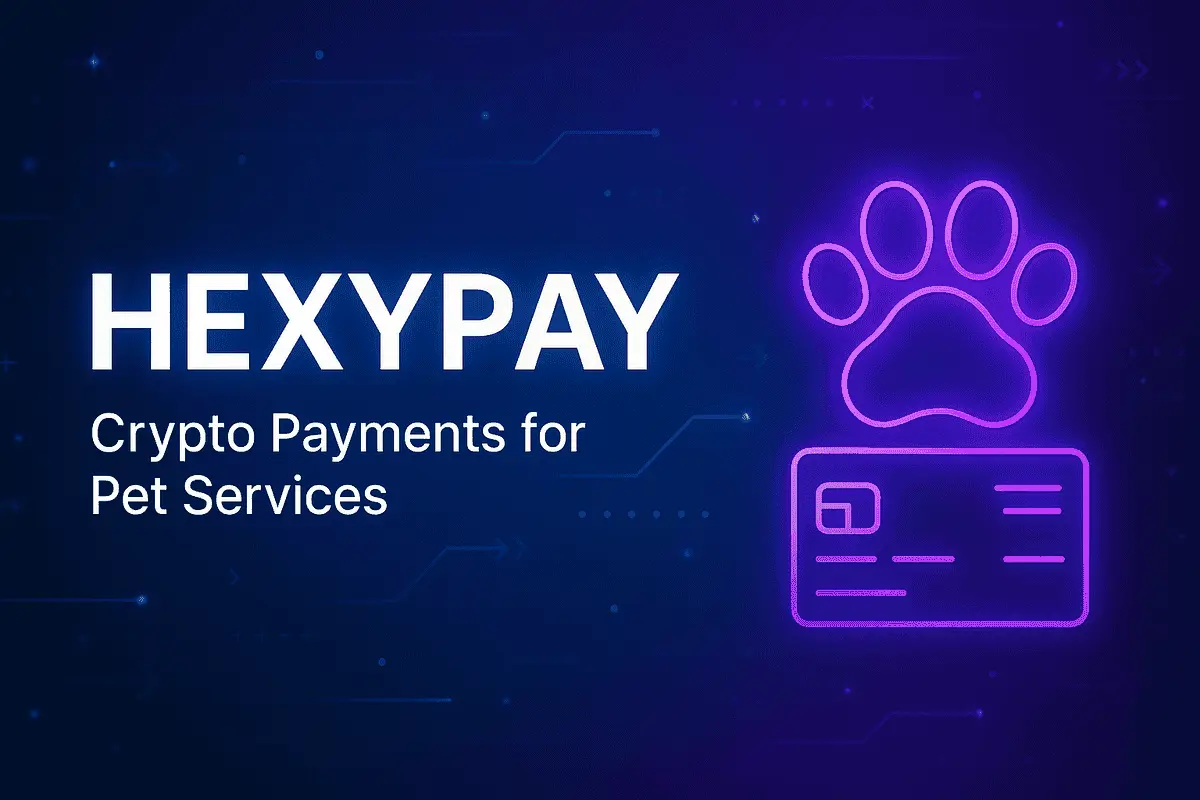Share:
The pet care business has a global value of hundreds of billions of dollars. Unfortunately, old systems hamper many of those processes. Donation channels can be inefficient, and the services available to both consumers and shelters are limited to regions. Adoption, care, and retail systems are crying out for improvement. The solutions blockchain provides would be impossible to envision using today's systems. Originally created to manage decentralized financing, the technology can now address real world issues now.
By introducing transparency, automation, and global access to animals all over the world, blockchain can revolutionize the way we care for animals online, help shelters, and connect pet lovers globally.
This article looks at how blockchain is changing pet care and explores where the next wave of innovation might go.
The Problem with Traditional Pet Care Systems
Donations to animal shelters often lack transparency. Payments are limited to traditional currencies, and data about pet health and adoption is scattered among institutions. These issues reduce trust among donors, slow down operations, and hinder scalable innovation. Blockchain technology is leading to a data-driven, decentralized solution for the ecosystem and increasing trust, visibility, and efficiency for much less than it's costing now.
Blockchain Applications in Animal Welfare
Blockchain improves transparency and reliability in donation processing. With an on-chain record, supporters can validate the real-time use of funds. This will help improve accountability and donor trust, both of which are lacking in traditional charity platforms.
Smart contracts also improve a donor's experience by automating donation triggers. These could include milestone-based funding or recurring donations. Supporters are able to support shelters or NGO's more efficient and with less costs due to no intermediaries.
A deeper look at this model is explored in this breakdown of crypto donations, where smart contract integration ensures full transparency and traceability in the pet welfare space.
Pet Care with Blockchain vs Traditional Platforms

This comparison highlights how blockchain addresses key inefficiencies, positioning it as a practical upgrade—not just a tech trend.
Crypto Payments in Pet Retail and Veterinary Services

Retailers and services in the pet industry can benefit from faster and cheaper payments with crypto. Customers can use a stablecoin or a more popular cryptocurrency to pay for food, schedule grooming appointments, or cover veterinary services without involving banks.
The possibility of crypto-based discounts, reward programs, and marketplaces where users earn incentives from tokens is attractive. Retailers also reach a global customer base and reduce reliance on insecure or slow fiat currencies.
Looking Ahead: What Blockchain Could Unlock Next
Possibilities for the future include:
• Pet ID systems that are blockchain-based
• Veterinary records accessible globally by clinics and shelters
• Community voting on animal welfare initiatives
• Decentralized pet insurance
• NFT pet adoption certificates that link an animal to verified ownership
The potential for blockchain to introduce efficiency, while still being mindful of ethics, is made possible by combining privacy, automation, and access.
Conclusion
Blockchain is changing industries around the world, and pet care is no exception. It offers clear, trustworthy, and easy to use systems for donations, payment processing, and data sharing. This technology allows both service providers and supporters to engage more effectively in all areas of pet care. This shift does not replace pet care but improves it for a digital world.


